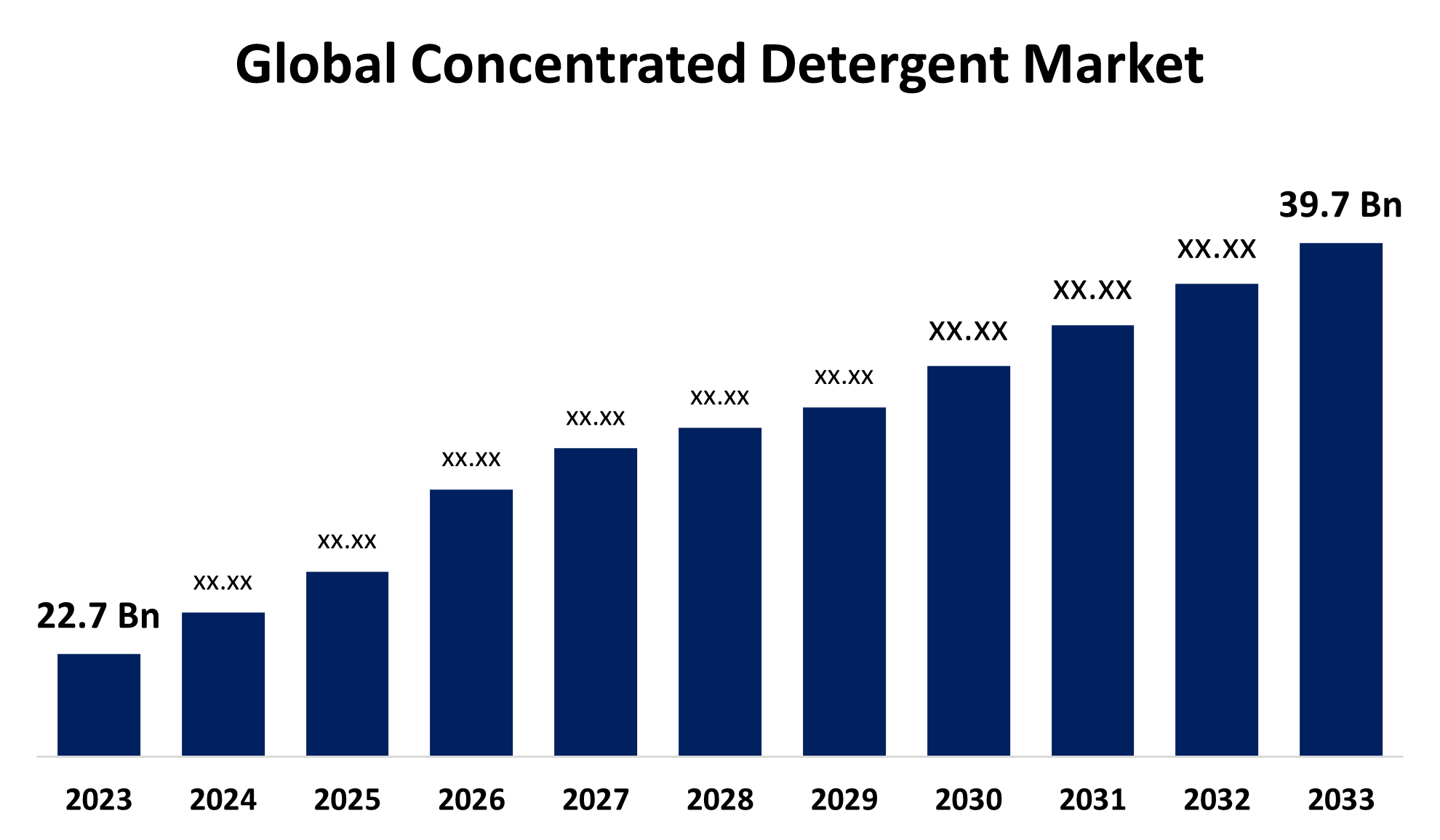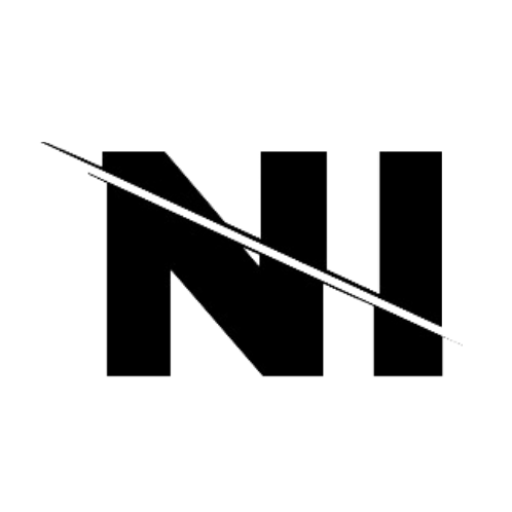
Comprehensive historical analysis of Global Concentrated Detergent Market for has thoroughly analyzed in this report. It offers data and insights from 2019-2022, and provides extensive market forecasts from 2023-2032 by region/country and subsectors. It covers the price, sales volume, revenue, historical growth, gross margin, and future outlooks for the Concentrated Detergent market.
The Global Concentrated Detergent Market Size is anticipated to exceed USD 39.7 Billion by 2033, growing at a CAGR of 5.75% from 2023 to 2033.

Request To Download Free Sample copy of the report @ https://www.sphericalinsights.com/request-sample/8439
The global household cleaning industry is undergoing a transformative shift, with concentrated detergents emerging as a frontrunner in innovation and sustainability. According to a comprehensive analysis by Spherical Insights, the concentrated detergent market is set to experience exponential growth in the coming decade. This blog unpacks the forces propelling this market, the hurdles it must overcome, and the opportunities it presents for stakeholders.
Understanding Concentrated Detergents
Concentrated detergents are compact, high-efficiency cleaning solutions that pack more active ingredients into smaller volumes compared to conventional products. Available as liquids, powders, or single-dose pods, they reduce water usage, minimize packaging waste, and lower transportation emissions. This makes them a win-win for eco-conscious consumers and cost-effective supply chains.
Market Growth Drivers
- Sustainability Imperative
With climate change and plastic pollution dominating global discourse, consumers are gravitating toward products that align with their environmental values. Concentrated detergents use up to 50% less packaging and reduce carbon footprints by optimizing shipping efficiency. Brands like Tide (P&G) and Seventh Generation have capitalized on this trend, promoting “green” credentials to attract eco-aware buyers. - Urbanization and Space Constraints
Rapid urbanization, particularly in Asia and Africa, has led to smaller living spaces. Compact, space-saving products like concentrated detergents are increasingly appealing to urban households. Single-dose pods, for instance, eliminate measuring hassles and storage challenges. - Technological Advancements
Breakthroughs in enzyme-based formulas and cold-water compatibility have enhanced the efficacy of concentrated detergents. For example, Unilever’s Smart Foam technology ensures optimal cleaning in minimal water, catering to regions with water scarcity. - Rising Disposable Incomes in Emerging Markets
Countries like India, China, and Brazil are witnessing a surge in demand for premium household products. Middle-class consumers in these regions are willing to pay a premium for convenience and quality, driving market expansion.
Key Challenges
- Consumer Perception and Misconceptions
Many consumers equate “more suds” with better cleaning, leading to skepticism about the effectiveness of concentrated formulas. Brands must invest in education campaigns to demonstrate that smaller doses deliver equal or superior results. - Price Premiums
While concentrated detergents save money long-term, their upfront cost remains higher than traditional options. In price-sensitive markets, this can deter adoption unless brands emphasize cost-per-wash savings. - Regulatory Complexities
Stricter regulations on chemical ingredients (e.g., phosphates, microplastics) and biodegradability standards require manufacturers to continually reformulate products. Compliance adds R&D costs and delays time-to-market.
Check discount for this report: https://www.sphericalinsights.com/request-discount/8439
Opportunities for Stakeholders
- E-Commerce Expansion
Online retail platforms are a goldmine for concentrated detergent brands. Amazon, Alibaba, and regional e-tailers enable targeted marketing, subscription models, and direct consumer engagement. For example, Blueland’s refillable detergent tablets have thrived via D2C (direct-to-consumer) channels. - Niche Product Development
Innovation in specialized categories—such as hypoallergenic detergents, luxury fragrances, or formulations for hard water—can capture underserved segments. Startups like Dropps and Tru Earth are disrupting the market with eco-friendly subscription services. - Strategic Partnerships
Collaborating with NGOs, influencers, or retailers can amplify brand credibility. For instance, partnerships with organizations like the Rainforest Alliance or Ellen MacArthur Foundation can bolster sustainability claims. - Focus on Emerging Economies
Tailoring products to local preferences is critical. In India, where handwashing is prevalent, brands like Surf Excel have introduced concentrated liquids that work effectively in manual washing. Affordable small-format packaging also resonates in these markets.
Regional Insights
- North America & Europe: Early adopters of sustainability trends, these regions dominate market share. Regulatory support (e.g., EU’s Circular Economy Action Plan) accelerates innovation.
- Asia-Pacific: The fastest-growing market, driven by urbanization, rising incomes, and environmental awareness. China and India are pivotal growth hubs.
- Latin America & Africa: Untapped potential, with demand rising as eco-consciousness spreads.
Future Outlook
The concentrated detergent market is projected to grow at a CAGR of 6.8% from 2023 to 2030, reaching a valuation of $12.5 billion by 2030 (Spherical Insights). Key trends shaping its future include:
- Circular Packaging: Refill stations and biodegradable pouches.
- AI-Driven Formulations: Customized detergents based on water hardness or fabric type.
- Regenerative Chemistry: Ingredients sourced from renewable biomass.
Conclusion
The concentrated detergent market is more than a trend—it’s a reflection of a global pivot toward sustainable living. While challenges like consumer education and pricing persist, the sector’s growth trajectory remains robust. For businesses, success hinges on agility, innovation, and aligning with the values of a planet-conscious consumer base.
Explore the full report: Concentrated Detergent Market – Spherical Insights
Stay ahead of the curve with Spherical Insights’ cutting-edge market analyses!
Related Reports:
https://www.sphericalinsights.com/es/reports/civilian-grade-combustible-gas-detector-market
https://www.sphericalinsights.com/es/reports/geriatric-care-services-market
https://www.sphericalinsights.com/es/reports/healthcare-information-system-market
https://www.sphericalinsights.com/es/reports/elastic-nonwovens-market
https://www.sphericalinsights.com/es/reports/onion-seed-market
https://www.sphericalinsights.com/es/reports/barge-transportation-market
https://www.sphericalinsights.com/es/reports/biomems-and-microsystem-in-healthcare-market
https://www.sphericalinsights.com/es/reports/4k-gaming-monitor-market
About the Spherical Insights
Spherical Insights is a market research and consulting firm which provides actionable market research study, quantitative forecasting and trends analysis provides forward-looking insight especially designed for decision makers and aids ROI.
which is catering to different industry such as financial sectors, industrial sectors, government organizations, universities, non-profits and corporations. The company’s mission is to work with businesses to achieve business objectives and maintain strategic improvements.
Contact Us:
Company Name: Spherical Insights
Email: sales@sphericalinsights.com
Phone: +1 303 800 4326 (US)

